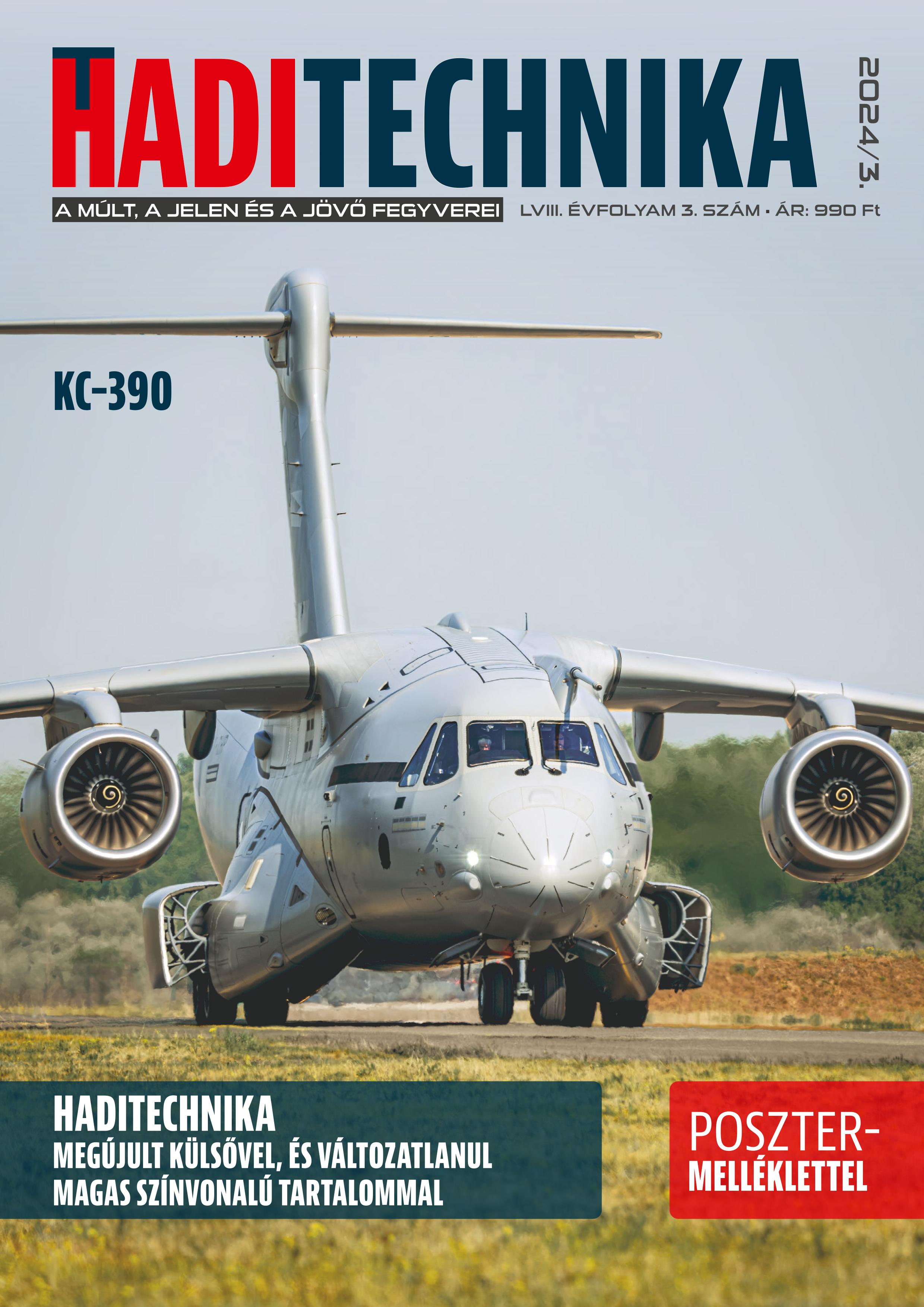Pocket-sized space technology
DOI:
https://doi.org/10.23713/HT.58.3.07Keywords:
PocketQube satellites, MRC-100, Budapest University of Technology and Economics, radio frequency communication, AlbapodAbstract
Similarly to the successful SMOG projects, the MRC-100 project is also a result of the work done by the teachers and students of Budapest University of Technology and Economics, Faculty of Electrical Engineering and Informatics, Department of Broadband Infocommunications and Electromagnetic Theory. This time, the development team started building a 50×50×192mm PocketQube, which provides room for several scientific experiments, thus giving the opportunity for several Hungarian universities to launch experiments into space. After successfully putting it into orbit, the design of the next satellite (the NMHH-1 project) – which will also be a three-unit-sized PocketQube – has already begun, in parallel with performing the operational tasks.
References
Horváth, Attila (2021) Nanoműholdak alkalmazhatósága védelmi és biztonsági célú űrműveletekben I. rész. Haditechnika, 55 (6). pp. 26–31. ISSN 0230-6891 https://doi.org/10.23713/HT.55.6.05;
Horváth, Attila (2022) Nanoműholdak alkalmazhatósága védelmi és biztonsági célú űrműveletekben II. rész. HADITECHNIKA, 56 (1). pp. 42–49. ISSN 0230-6891 https://doi.org/10.23713/HT.56.1.09;
Nanosats Database https://www.nanosats.eu/ https://www.nanosats.eu/ (Letöltve: 2024.2.7.);
BME GND Földi Állomás műholdkövetés, vezérlés https://gnd.bme.hu/ (Letöltve: 2024.2.7.);
Herman, T., Dudás, L. (2022) „Satellite identification beacon system for PocketQube mission,” 2022 24th International Microwave and Radar Conference (MIKON), Gdansk, Poland, pp. 1–5., https://doi.org/10.23919/MIKON54314.2022.9924648;
Nagy Dominik Gábor. (2022) MRC-100 egyetemi műhold elsődleges hasznos terhe, TDK dolgozat, Budapesti Műszaki és Gazdaságtudományi Egyetem;
Humad, Y. A. I., Dudás, L. (2022) „Extended Wide-band Spectrum Monitoring System from 2.2 GHz to 2.6 GHz by MRC-100 3-PocketQube Class Student Satellite,” 2022 24th International Microwave and Radar Conference (MIKON), Gdansk, Poland, pp. 1–5., https://doi.org/10.23919/MIKON54314.2022.9924834;
Miklós Barnabás. (2022) S sávú adó fejlesztése 3-PQ méretű diákműholdhoz, diplomamunka, Budapesti Műszaki és Gazdaságtudományi Egyetem;
Bányász László. (2023) Az MRC-100 3-PQ méretű diákműhold S sávú polarizáció diverziti vétele, TDK dolgozat 2023, Budapesti Műszaki és Gazdaságtudományi Egyetem;
Kapás, K., Bozóki, T., Dálya, G., Takátsy, J., Mészáros, L., Pál, A. (2021) “Attitude determination for nano-satellites - I. Spherical projections for large field of view infrasensors”, Experimental Astronomy, vol. 51, no. 2, pp. 515–527., 2021. https://doi.org/10.1007/s10686-021-09730-y;
Takátsy, J., Bozóki, T., Dálya, G., Kapás, K., Mészáros, L., Pál, A. (2022) “Attitude determination for nano-satellites - II. Dead reckoning with a multiplicative extended Kalman filter”, Experimental Astronomy, vol. 53, no. 1, pp. 209–223., https://doi.org/10.1007/s10686-021-09818-5;
Herman, T., Dudás, L. (2023) „The redundant attitude control system of MRC-100 PocketQube satellite,” 2023 New Trends in Aviation Development (NTAD), Stary Smokovec, Slovakia, pp. 95–99., https://doi.org/10.1109/NTAD61230.2023.10380140;
Herman, T., Dudás, L. (2023) „The Vessel Tracking Experiment of MRC-100 PocketQube Satellite,” 2023 New Trends in Aviation Development (NTAD), Stary Smokovec, Slovakia, pp. 100–104., https://doi.org/10.1109/NTAD61230.2023.10380150;
Az MRC-100 műhold műszerfala. https://gnd.bme.hu/mrc100status (Letöltve: 2024.2.7.);
A smogcli2 weboldala. https://gitlab.com/phorvath/smogcli2 (Letöltve: 2024.2.7.).






